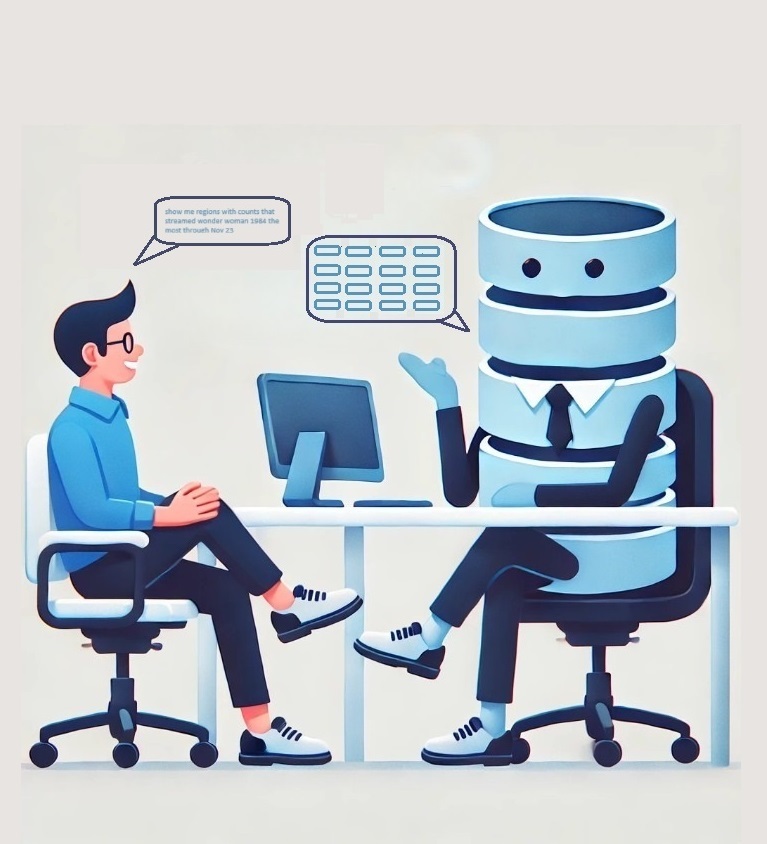LLM & Generative AI: LLMs, the ‘Generative AI technology behind ChatGPT, are remarkable in their understanding of human language and their ability to generate near human responses in language (image models generate images). In the span of one year, they have become ubiquitous with use cases that are wide spread across many personal and business situations. Currently, every business is either incorporating or planning to incorporate the LLMs (image models) in their operations and strategic activities.










